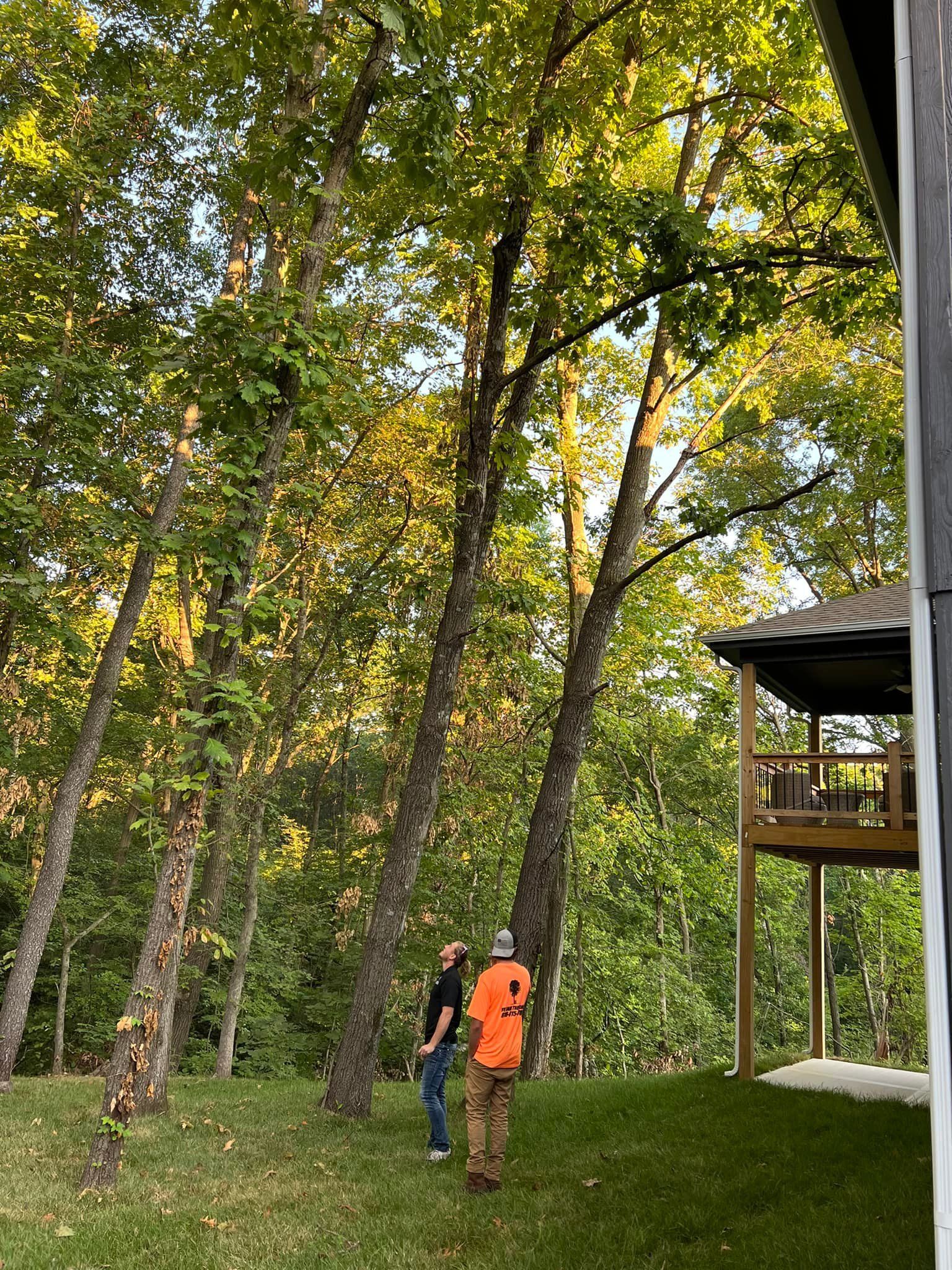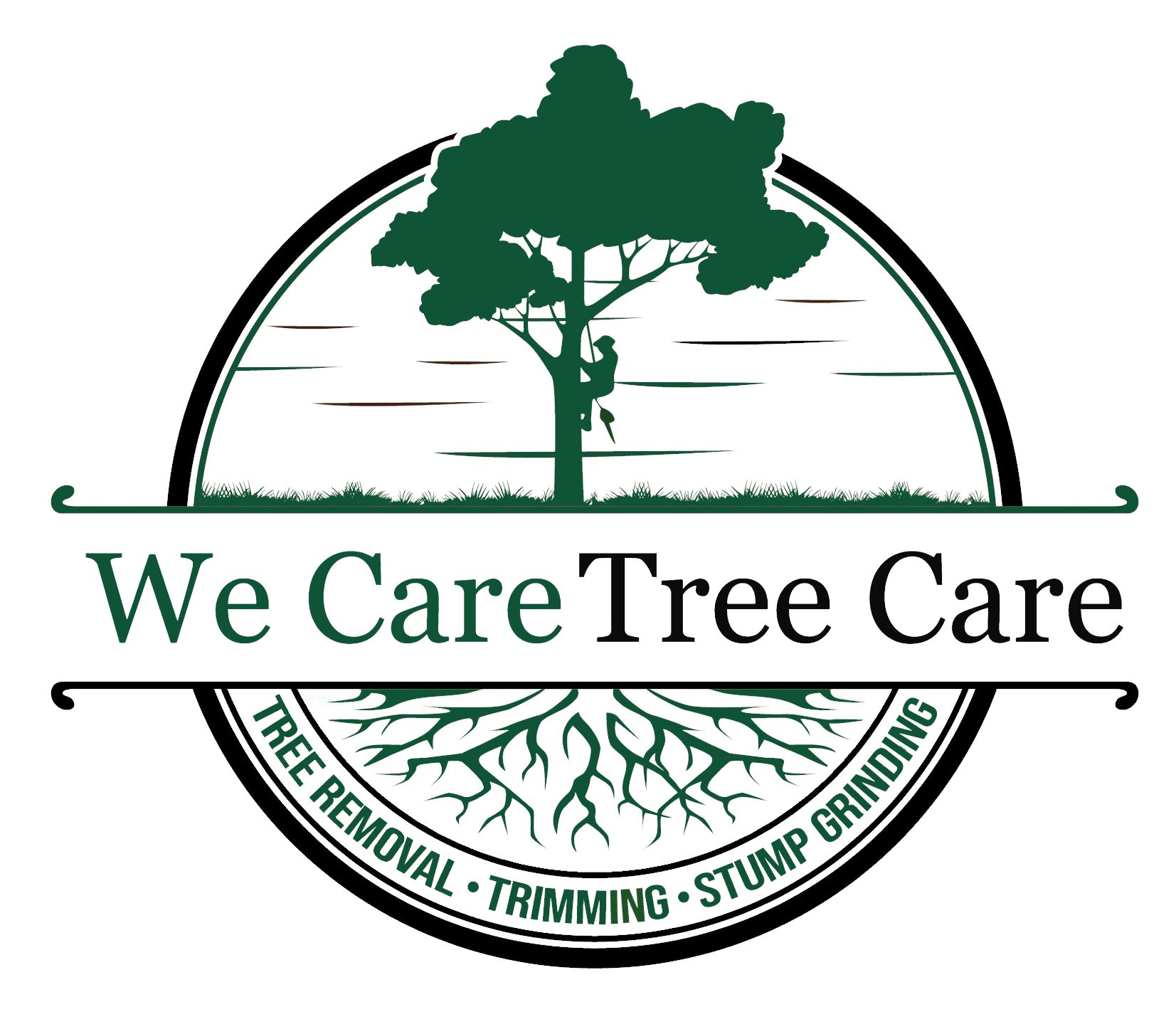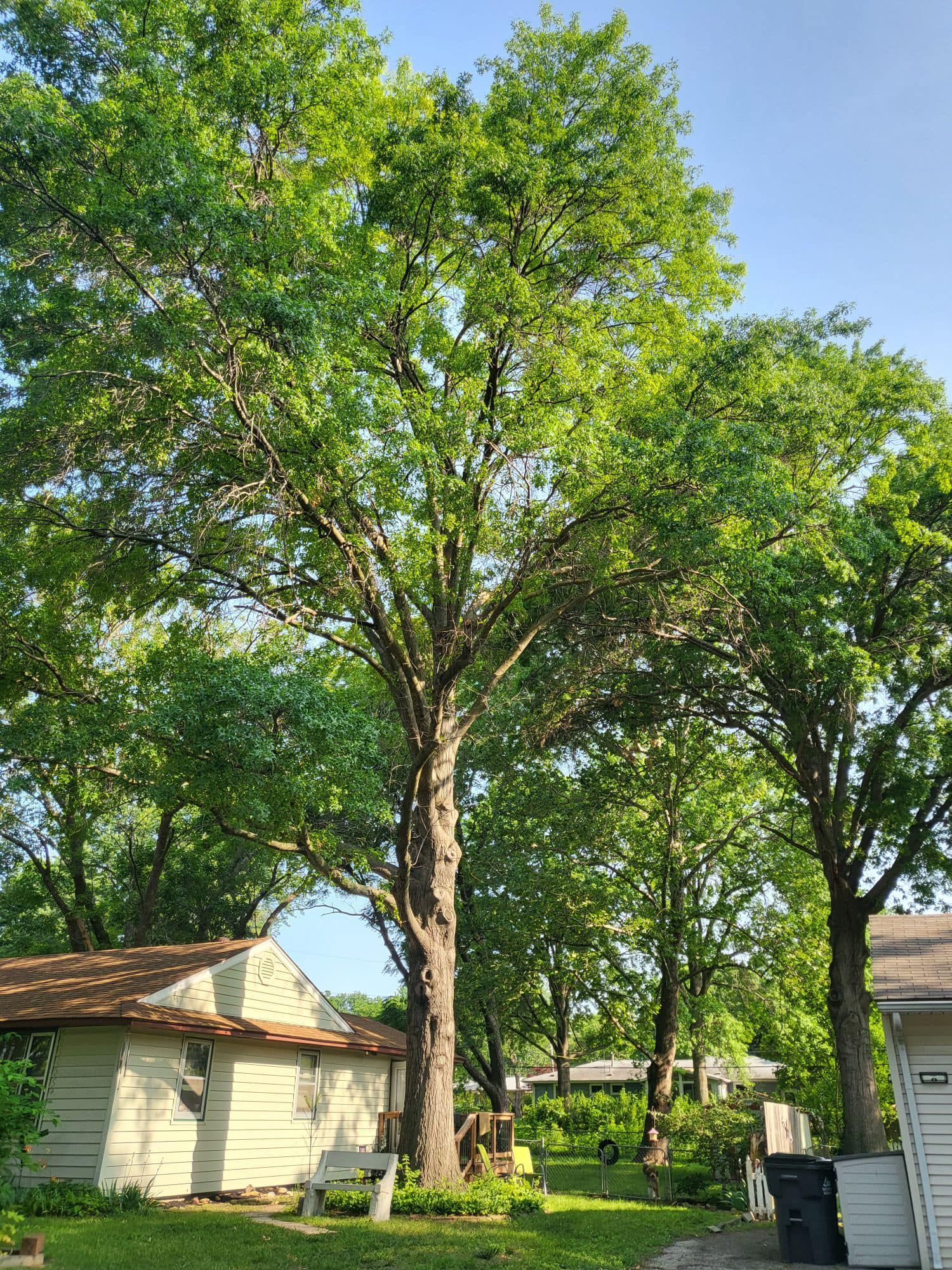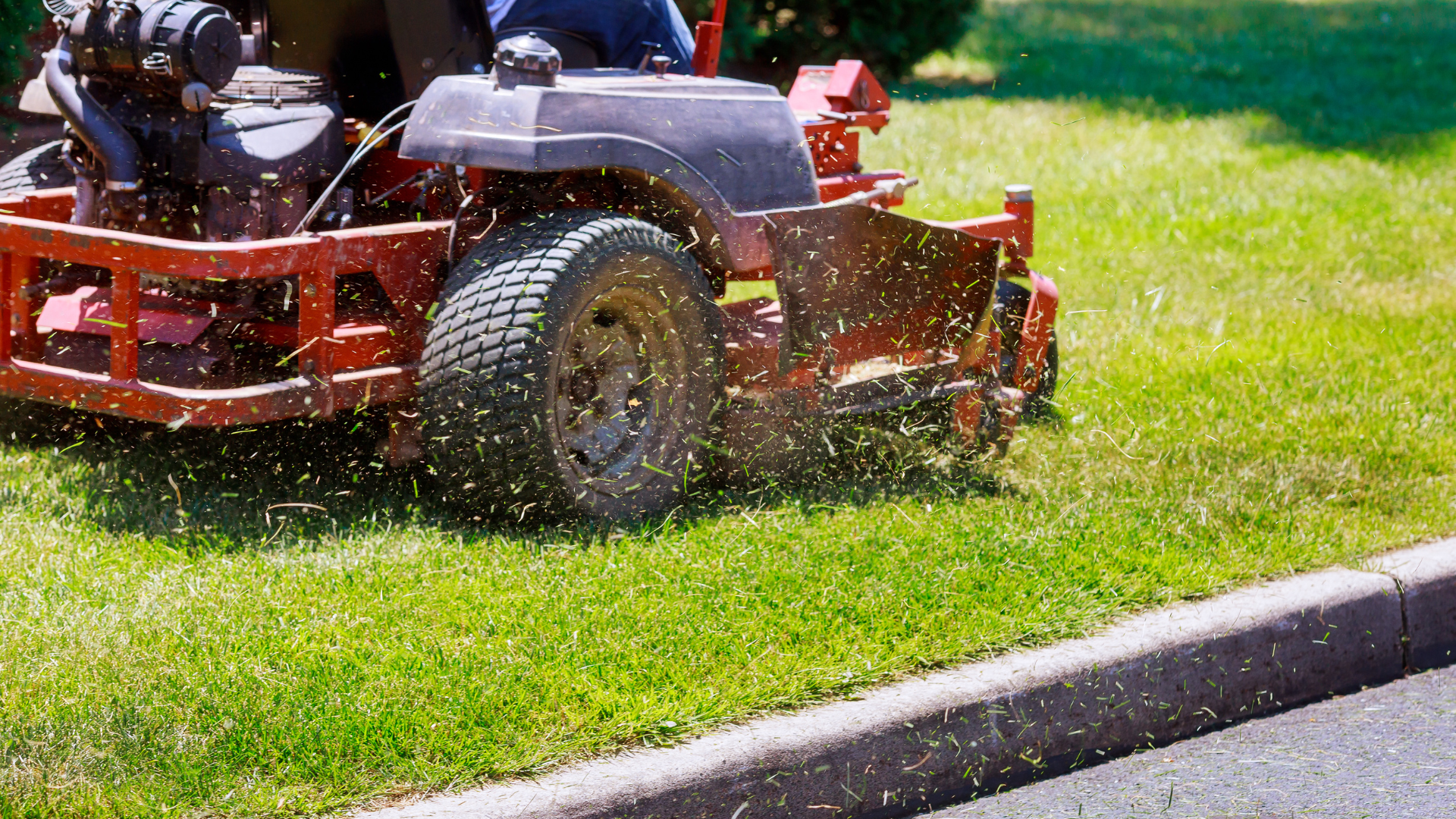5 Hidden Signs Your Tree is Becoming a Safety Hazard
Trees are an incredible asset to your property—offering shade, natural beauty, and even increasing curb appeal. However, when a tree’s health starts to decline, it may quietly transform into a safety hazard without you realizing it. Falling limbs, weakened trunks, or diseased roots can put your family, home, and neighbors at risk. As a homeowner in Richmond and Independence, Missouri, learning how to identify the hidden warning signs is crucial to preventing accidents and costly property damage. Let’s uncover five subtle yet important signals that your tree might be more dangerous than it looks.
1. Cracks or Splits in the Trunk
While minor bark imperfections are normal, deep cracks or vertical splits in the trunk should never be ignored. These fissures weaken the structural integrity of the tree, making it more vulnerable to breaking during storms or high winds. Even if the tree appears otherwise healthy, a split trunk is often a red flag that it’s struggling internally. If left unchecked, this could lead to a sudden collapse.
2. Dead or Hanging Branches
Deadwood is one of the clearest signs your tree is in trouble. Large, brittle branches that don’t produce leaves during the growing season are not only unsightly but also hazardous. These branches can break off unexpectedly and damage vehicles, rooftops, or injure anyone below. Hanging or partially broken limbs, especially high in the canopy, are particularly dangerous because they may fall without warning.
3. Leaning or Tilting Beyond Normal
Some trees naturally grow with a lean, but a sudden or exaggerated tilt is a cause for concern. This could signal root damage, soil erosion, or even instability in the tree’s foundation. If your tree appears to be leaning more than 15 degrees from vertical or has shifted direction recently, it’s at high risk of falling. The heavier the canopy, the greater the risk to nearby structures and people.
4. Signs of Root Damage or Decay
Roots anchor your tree and supply vital nutrients. When they are compromised, the entire tree is at risk. Signs of root problems include mushrooms or fungal growth around the base, exposed roots that appear decayed, or soft, spongy soil near the trunk. Construction work, heavy foot traffic, or poor drainage can also weaken root systems. Once roots lose their strength, the tree can topple without much warning.
5. Pest Infestations and Disease Symptoms
Insects and diseases often attack trees silently before symptoms become obvious. Look for telltale signs such as discolored leaves, premature leaf drop, holes in the bark, or oozing sap. Certain diseases common in Missouri—like oak wilt or Dutch elm disease—spread quickly and can devastate a tree. Ignoring these issues not only jeopardizes one tree but may also threaten the surrounding landscape.
Protect Your Property with Expert Tree Care
Spotting these hidden warning signs early can make the difference between a thriving landscape and a dangerous liability. If you notice cracks, leaning, dead branches, or signs of disease, it’s time to act before the problem escalates. At We Care Tree Care, we bring nearly a decade of experience serving homeowners across Richmond and Independence, Missouri. Our skilled team specializes in
identifying hazards, providing safe pruning, and performing tree removal when necessary to protect your family and property. Don’t wait until a storm brings trouble—contact We Care Tree Care
today for professional guidance and reliable tree care you can trust.



